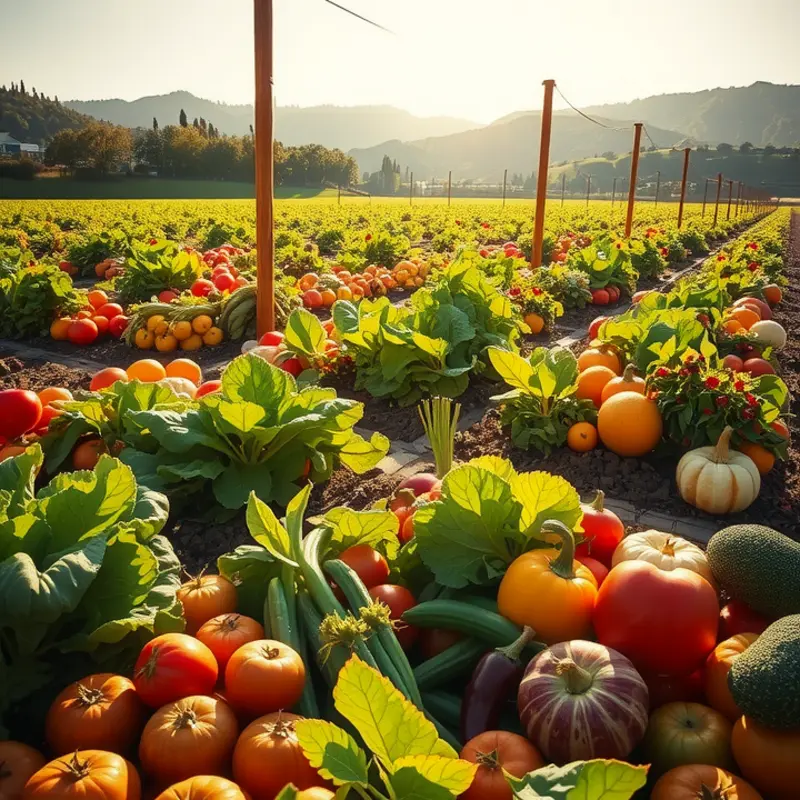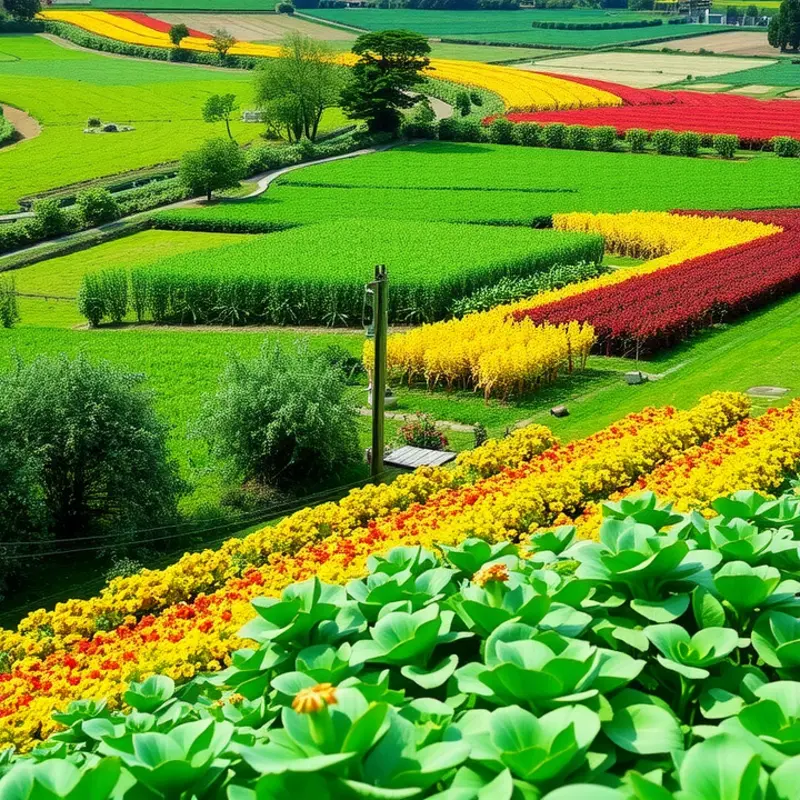Culinary traditions in tribal societies are far more than mere meals; they evoke identity, spirituality, and community. Each dish tells a story steeped in ancestry and ceremonial significance. As food enthusiasts and culturally curious readers, you will find that these ceremonial foods not only nourish the body but also feed the soul, reflecting the values, beliefs, and ties within tribes worldwide. Embarking on this culinary journey through tribal societies reveals the profound impact of food on their communal practices.
Feasting with Ancestors: The Ritual Significance of Food

Among tribal societies, food serves as both sustenance and a profound connection to heritage and spirituality. Engaging in ceremonial feasts involves more than just eating; it encompasses a deep reverence for tradition and ancestry. These feasts mark rites of passage, seasonal changes, and ancestral commemoration, linking past and present through shared culinary practices.
In the Native American tribes of the Great Plains, the annual Buffalo Feast is a pivotal event, signifying a harmonious relationship with the land and its creatures. The buffalo, honored for its generosity, has historically provided food, clothing, and tools. Preparing the meal is an all-encompassing affair involving slow roasting over open flames and utilizing every part of the animal to honor its sacrifice. Dishes like pemmican, a mixture of dried buffalo meat and fruit, provide energy and nourishment, embodying the tribe’s enduring spirit and resilience.
Similarly, the Ma’nene festival in Indonesia’s Toraja culture illustrates the profound symbolism of food in honoring ancestors. Held annually, this ritual involves exhuming and freshly dressing ancestors’ mummified bodies. Families offer food, such as rice and pork, in a communal feast that celebrates the timeless bonds between the living and the deceased. Each ingredient holds symbolic meaning; rice, for instance, represents sustenance and prosperity, deepening the connection to ancestral blessings.
In the African Dagara tribe, the “Feast of Spirits” involves elaborate preparations where women gather specific ingredients believed to invite ancestral spirits. Sorghum beer and millet porridge, staple offerings, are imbued with spiritual significance, calling upon ancestors to protect and guide. Each step of preparation is infused with ceremonial dances and chants, fostering a vibrant community atmosphere. This process not only honors the deceased but fortifies communal unity and continuity.
The ritual significance of food also extends to birth and coming-of-age ceremonies. Among the Yurok tribe of Northern California, acorn soup is a ceremonial dish during puberty rites for young girls. This dish, crafted from hand-ground acorns, symbolizes transformation and maturation, linking youth with cultural knowledge that forms their identity. The meticulous preparation process emphasizes patience and the teachings of elders, ensuring cultural transmission across generations.
These feasts demonstrate how food transcends its physical form, becoming a medium through which tribal societies engage with their histories and spiritual beliefs. Incorporating ritualistic practices into food preparation integrates elements of mindfulness and purpose, akin to modern concepts of mindful eating. By participating in these communal activities, individuals reinforce social bonds and cultural continuity, underscoring the intrinsic link between nourishment, identity, and spirituality.
Culinary Heritage: Recipes That Bind Communities

In tribal societies, food is far more than sustenance; it binds communities through time-honored rituals. Recipes are not just instructions for preparing a meal. They serve as maps of history and identity, passed down through generations to preserve the essence of a tribe’s past and present.
Among the Maori of New Zealand, the hangi is a traditional cooking method that involves slow-cooking meat and vegetables in an earth oven. This practice not only showcases their connection to the land but also serves as a collective ritual during community gatherings. The preparation of a hangi is an event in itself, requiring collaboration and a shared sense of purpose, demonstrating values of unity and cooperation.
In North America’s Navajo communities, blue corn mush is a dish of great cultural significance. This simple ceramic-cooked meal, infused with juniper ash, represents the fusion of practicality and spirituality. It embodies the Navajo’s harmonious relationship with the earth. Its preparation is a living homage to ancestral teachings and ecological wisdom.
Communal feasts often take center stage during festivals, where elaborate meals reflect collective stories and beliefs. For the Yoruba people of West Africa, the New Yam Festival celebrates the first harvest of yams, underscoring themes of renewal and gratitude. The festival is marked by the cooking of rich dishes, such as pounded yam and egusi soup, that reaffirm cultural heritage and collective identity.
As time progresses, these recipes adapt. Influences from trade or necessity introduce new ingredients and techniques, maintaining relevance in a modern world. The Sami people of Scandinavia continue to cherish traditional reindeer stews, yet adapt recipes to include ingredients accessible in contemporary markets, thus preserving culinary traditions while adapting to present-day challenges.
The transmission of these cultural recipes is crucial. It is reflective of a tribe’s values and myths. The process of passing down recipes is both educational and ceremonial. Grandmothers teaching their grandchildren becomes a sacred ritual, an intimate dialogue across generations. As these recipes evolve, the soul of the traditional dish remains untouched, ensuring that cultural identity and history are preserved.
For those interested in exploring these traditional rituals and adapting them into modern kitchen practices, insights can be gained from looking at how global culinary influences from trade have shaped food cultures. This provides an understanding of how ingredients and techniques have traversed borders, enriching tribal food practices while respecting their origins.
In examining these culinary traditions, we see how food acts as a resilient thread that keeps the tapestry of tribal cultures intact, knitting together generations with flavors that tell stories both ancient and enduring.
Final words
The culinary rituals found in tribal societies offer a profound insight into their culture and identity. Food becomes a medium for connecting generations, preserving heritage, and fostering community. Participating in these ceremonial meals not only nourishes the body but also enriches one’s understanding of diverse cultures and traditions. As food enthusiasts, embracing the stories behind these dishes can deepen appreciation for the intricate relationships tribes maintain with their ancestry and environment, reminding us that every meal can transcend mere sustenance, becoming an experience steeped in meaning.








